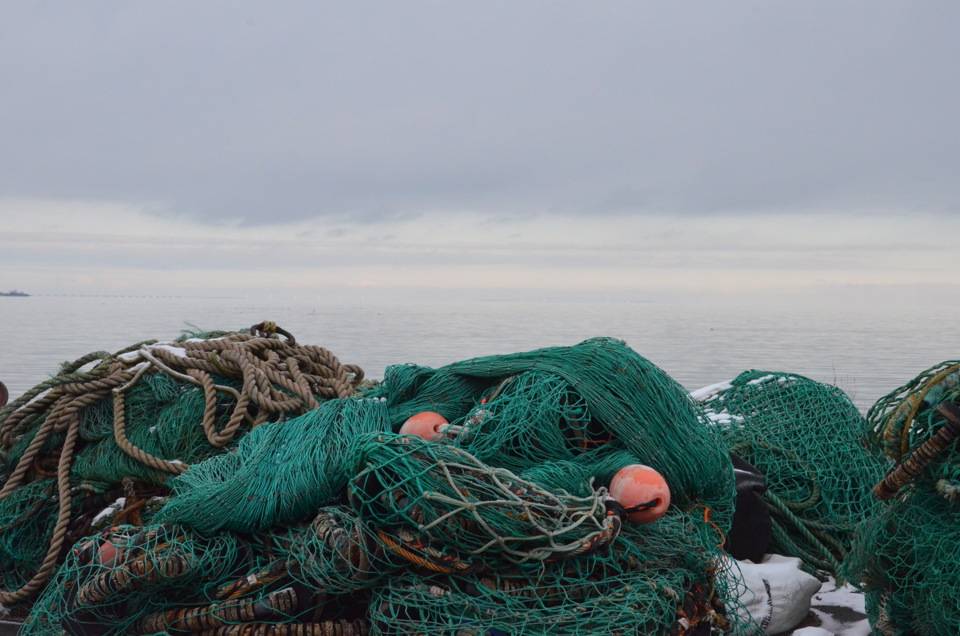One such problem is an imbalance at the lake Vilsted Sø near Nibe, which is filled with algae. As part of their fieldwork, a group of Bachelor’s students supervised by Niels Madsen set out test nets to gain data on the composition of fish species in the lake.
- “On the basis of their work, the students offered not just an explanation but also concrete suggestions for how to restore the balance” Niels Madsen says and adds: “The opportunity to collaborate with our students is being noticed all over the region: I have been working here at AAU for a little over a year, and already the local organisations have noticed how our students carry out valuable work. They have started contacting us if they have relevant problems or questions concerning aquatic life in the area, because they know we potentially have the manpower, laboratories and equipment that enable us to look into the issues thoroughly.”
The researcher also hopes the local fieldwork will create value for the region for many years to come:
- “This local focus in our student projects has the added benefit that our graduates often get employment locally, which means that in a few years from now, we will have a strong network of biology and environment graduates working in the Northern Denmark municipalities who already have a deep hands-on insight – theoretical as well as practical – into the areas they will be responsible for. I hope this will benefit not only our collaboration with the local municipalities and nature organisations but also the Northern Denmark aquatic nature as a whole” he finishes.
To further this close local collaboration, the Department of Chemistry and Bioscience organised a conference on ensuring a sustainable Limfjord in the future in December 2017. The conference brought together relevant actors such as organisations, municipalities, researchers, property owners and managers of the Limfjord and adjacent nature areas with the purpose of furthering and coordinating future research and development activities along the fjord.

